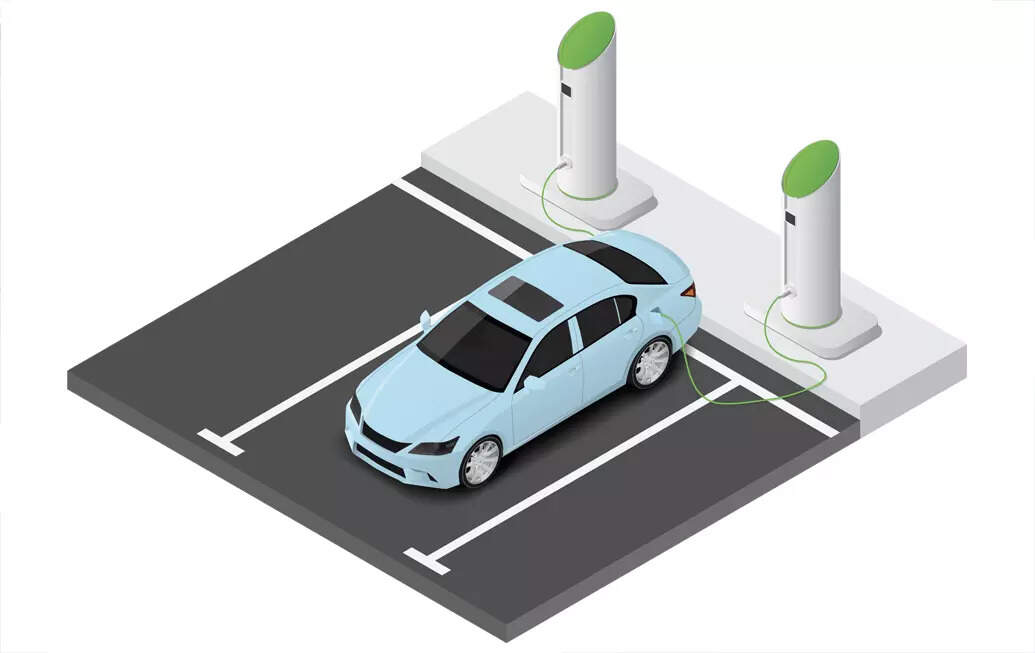
Electric vehicles (EVs), after many years of scepticism, have finally arrived globally. In Europe, the sales of EVs overtook the sales of diesel vehicles in 2021 with a market share of around 20%, with the share in Norway crossing 70%. Every global auto major, from Volkswagen to Toyota, to BMW, to Jaguar, are now offering EV models in their market segments, with Tesla, the disruptive new entrant, having become a pace setter. The driving experience, including range and acceleration, these cars now provide are competitive and winning over consumers.
To save mankind from the impending disaster of global warming, the transition of transport away from fossil fuels is critical. The International Energy Agency (IEA) Report of last year on the feasible pathway to net zero by 2050 and restricting global warming to 1.5 degrees envisages the complete switchover in the world to EVs by 2035 and of electricity systems phasing out fossil fuel use around the same time. EVs would then use electricity from renewables with storage and zero carbon emissions. UK would not permit sale of new fossil fuel-based automobiles in 2030. The Report has highlighted the high cost of batteries for EVs and hence the higher prices of EVs in comparison to similar internal combustion engines. It expects scale and competition to lead to lower costs and prices. At the same time, it emphasises the need for stepping up exploration and mining of the rare earths which go into EV batteries so that the rapid increase in demand does not lead to supply constraints and sudden sharp spike in prices.
India’s EV ambitions saw strong momentum in 2021 with robust growth in demand and on ground traction. Budget 2022 will have the gating factors facing the EV industry on top of its agenda. Creation of robust charging infrastructure supported by grid upgrades is key for electrification of large vehicles. Financing for EVs is critical given their high capex low opex nature. Other key areas that require attention include dependency on imports and inverted duty structure. Assistance to assuage these concerns with tax waivers and change in duty structure can further provide a boost to the segment, says Koushik Bhattacharyya, Executive Director and Head, Industrials, Avendus Capital
India has been quite forward looking on EVs. A comprehensive range of incentives and tax breaks are in place for the promotion of the use of EVs. EVs are levied only 5% GST making the price to the buyer of an EV substantially lower. An income tax deduction up to 1.5 lakhs a year on interest paid on a loan taken for buying an EV is provided for the first purchase of an EV by a person.
Under the FAME (Faster Adoption of Manufacturing of Electric and Hybrid Vehicles) II scheme, a 1.5 lakh Rupees subsidy is being provided for the purchase of a car and 40% of the purchase price of two wheelers. In addition, state governments are giving their own incentives which range from actual subsidies on purchase of EVs to road tax exemptions. FAME II also provides financial support for the setting up of EV charging stations. After a disappointing tepid initial response to these generous incentives, demand for EVs have now begun to rise with metros leading the way. This is happening due to the growing realisation that notwithstanding a higher initial capital cost, the actual life cycle running cost per km is now so much lower.
What should the expectation from the budget for EVs be? The foremost would be a clear enunciation by government of continuity and the commitment to continue with the present set of incentives from the central government for the next two years. The outlays for the subsidies would be enhanced to the extent required to fully meet demand. The total outlay approved by the Cabinet for FAME II would be suitably increased when the need arises. The extra expenditure would be amply justified as EVs do not cause any air pollution where they run. The rapid switch over to EVs would lower air pollution from vehicular transport. And air pollution is a health crisis issue needing the utmost attention and priority. A review would be undertaken after two years. This would encourage fence sitters to avail the generous incentives over the next two years.
The charging infrastructure is already being seen as the constraint holding many potential buyers back. The Power Ministry has fortunately liberalised their guidelines recently making them investor and market friendly. An announcement that a normative provision of the charging infrastructure in all cities and highways would be in place in the next two years would go a long way in accelerating demand for EVs. This would create dispersed demand across the country for the goods and services required for setting up charging stations and this in turn would act as a significant demand stimulus for accelerating the growth trajectory of the economy. A government guaranteed line of credit for setting up of charging stations with a two-year moratorium on repayment would help as it would take some time for demand to pick up to enable debt repayment.
(Ajay Shankar is a Distinguished Fellow at The Energy and Resources Institute (TERI), and former Secretary, Department of Industrial Policy and Promotion, Government of India.)
Also Read:

